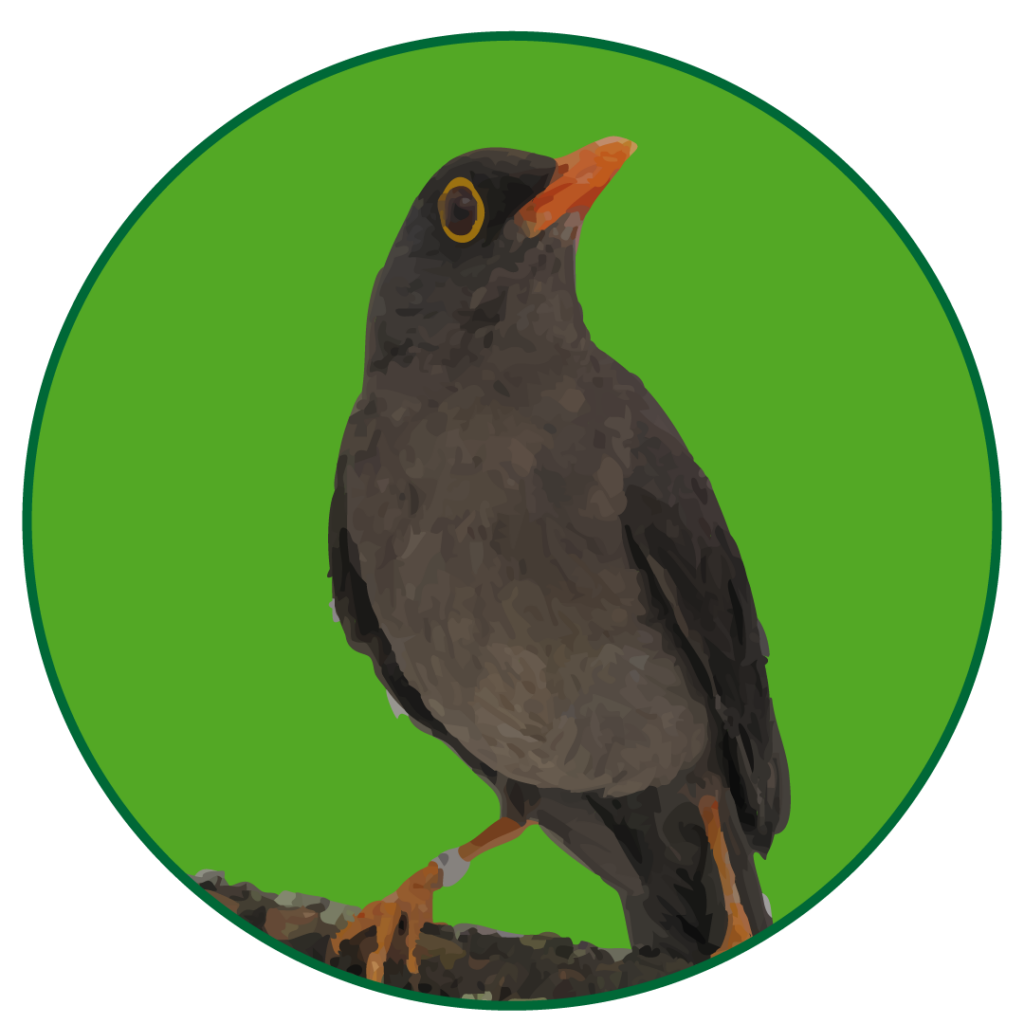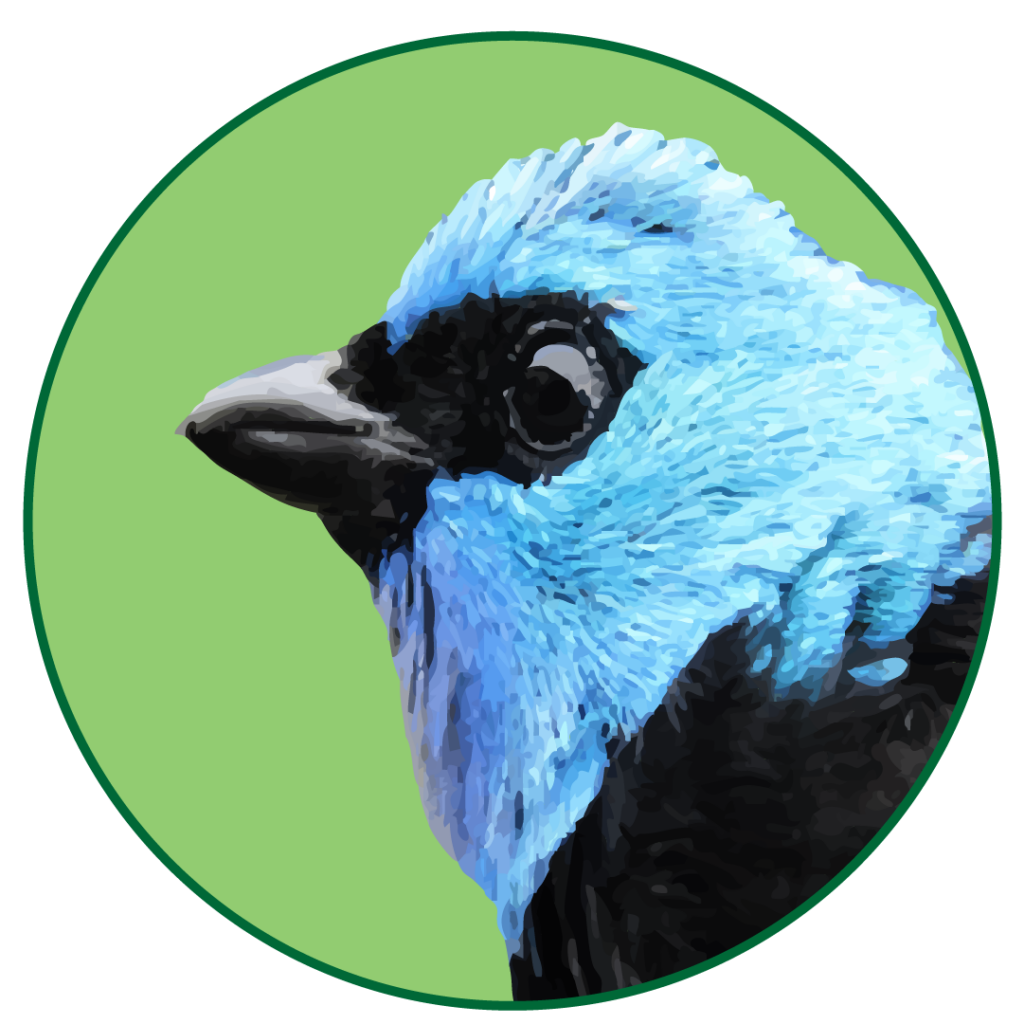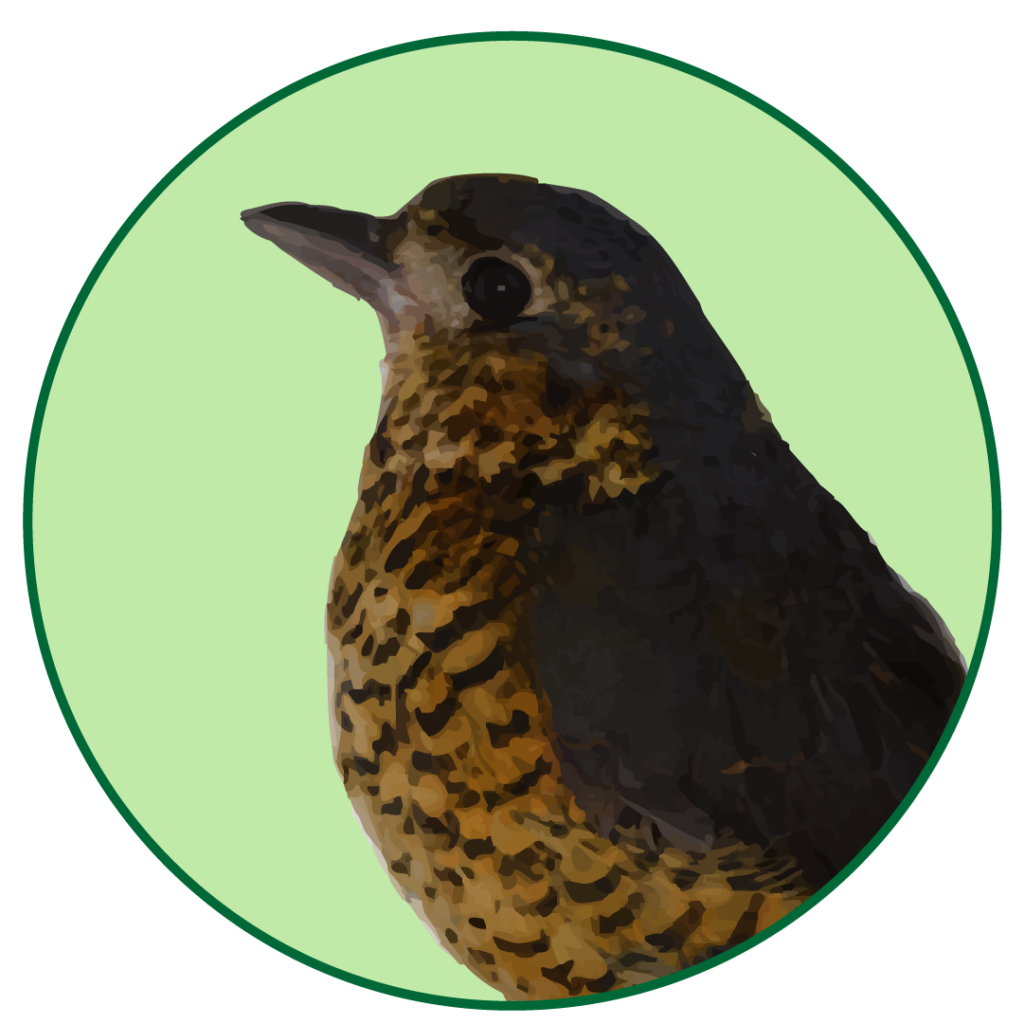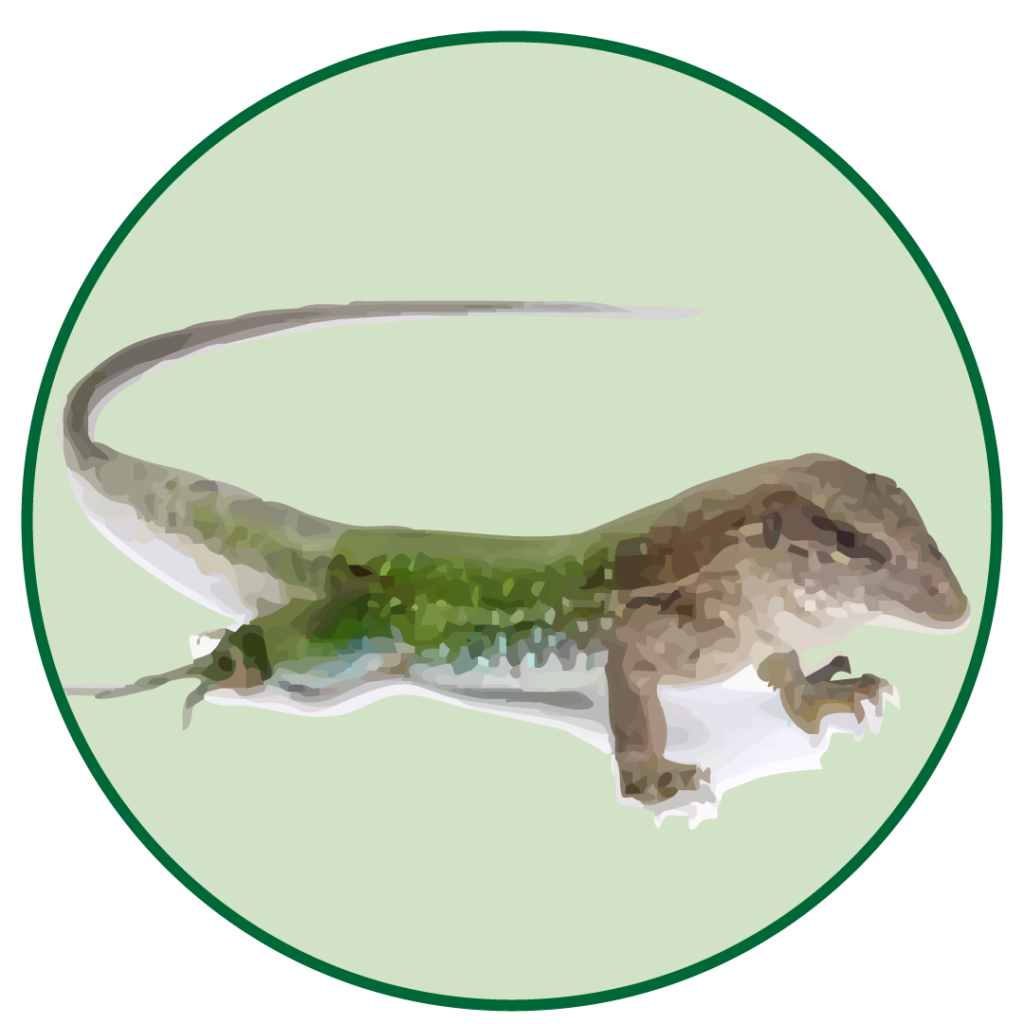Colección Biológica GERPH:
La colección biológica Grupo de Estudio Relación Parásito Hospedero tiene como misión recopilar material de estudio de hemoparásitos en animales silvestres, que permitan el desarrollo de trabajos de investigación orientados hacia el análisis morfométrico de los parásitos, registro de coinfecciones, determinación de parámetros hematológicos de especies silvestres, correlacionar los morfotipos con linajes moleculares y adicionar información sobre potenciales vectores en Colombia y la región Neotropical.
La colección GERPH alberga especímenes de la biodiversidad como micropreparados de sangre de vertebrados algunos alojando hemoparásitos, muestras de sangre u otros tejidos de vertebrados congeladas, ejemplares testigo de posibles vectores invertebrados, así como pelo y plumas derivados de proyectos de identificación de vertebrados. Se cuenta con más de 17000 micropreparados y 1400 muestras de tejido (sanguíneo y otros) para siete familias de Amphibia, 40 familias de 12 órdenes de Aves, 12 familias de Reptiles, también parásitos Apicomplexa de los géneros Haemogregarina, Hepatozoon, Haemocystidium, Haemoproteus, Plasmodium, Leucocytozoon; Trypanosoma (Kinetoplastea) y microfrilarias. Estas muestras han sido colectadas desde 2000 hasta 2019 en ambientes colombianos como sabanas inundables, humedales, sabana tropical, selva amazónica y chocoana, bosque andino, bosque altoandino, páramo, ecotono Orinoco-Amazonia y paisajes urbanos transformados; algunos de estos ambientes en áreas naturales protegidas.
Contacto: Curadora jefe
Nubia Estella Matta
Correo icsti_nal@unal.edu.co, con copia a nemattac@unal.edu.co
Por tratarse de organismos parásitos muchas veces olvidados de los inventarios biológicos, la colección busca visibilizar la presencia de este grupo de microorganismos en el país y la región. Al tiempo que da el primer paso en la consolidación de una base de datos de la colección que sea pública y estandarizada.
«Datos abiertos para ciencia abierta, ese es el espíritu de la colección»
Hemoparásitos Aviares (Plasmodium):
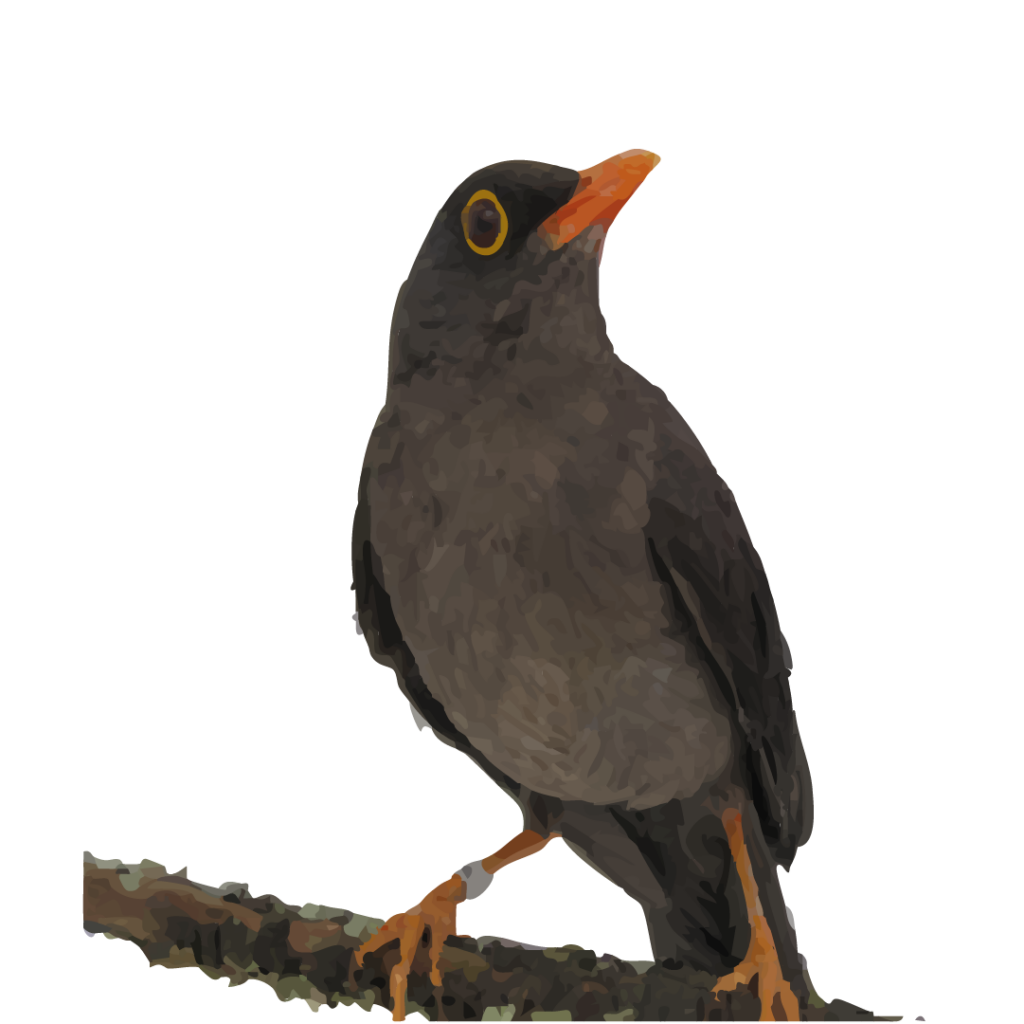
| Nombre | Descripción |
|---|---|
| Plasmodium unalis | P. unalis have a single large circular shaped pigment granule in the erythrocytic trophozoites and meronts, a vacuole ana clear globule in trophozoites and growing meronts. Merozoites are predominant fan-like arranged, and meronts usually have in average five merozoites. Gametocytes are elongated. |
| Plasmodium lutzi | Gametocytes rounded or oval with pigment granules which tend to cluster and locate to the margin of the parasite; this feature is also observed in meronts. The number of merozoites in mature meronts vary between 6 to 26, but most near to 15. Gametocytes and meronts displace the host cell nucleus and can enucleate it. |
| Plasmodium vaughani | The number of merozoites in mature erythrocytic meronts is frequently four to six , but varies between four and eight, trofozoites usually present two granules of emozoin, P. vaughani is similar to P. hexamerium and P. unalis, but could be distinguished of these two species because P. hexamerium show a relatively stable (usually six) number of merozoits in mature meronts, and P. unalis posses only one big pigment granule in trophozoites and meronts.* |
| Plasmodium nucleophylum | As the specific epithet implies, gametocytes and erythrocytic meronts tend to adhere to the nucleus of the host cell. Meronts have 4-9 (max 12) merozoite and displace the host cell nucleus. In the other hand mature gametocytes are small with 7.4-12 μm in length and 1-2.8 μm in width, they do not displace the erythrocyte nucleus. |
| Plasmodium homopolare | Trophozoites and meronts are located strictly in polar position within erythrocytes. Trophozoites are amoeboid, form a long outgrowth, have two-three pigment granules plus and globule. Meronts produces maximum 8 merozoites and can displace slightly the erythrocyte nucleus. Gametocytes are elongated and lateral to the host cell nucleus. |
| Plasmodium rouxi | Mature meronts form maximum four merozoites, when they are in binuclear stage take a form of bow-tie. Gametocytes are mainly vacuole-less, elongated, lateral and thin (max 3 μm wide), they do not displace the nucleus of erythrocytes. |
| Plasmodium relictum | Trophozoites deform the erythrocyte and displace its nucleus. Meronts typically have between 10 and 24 merozoites. Gametocytes are roundish and displace the host ‘cell nucleus, contain round or oval pigment granules randomly located in the cytoplasm. Although meronts and gametocytes occupy more than 50% of the cytoplasm of erythrocytes, they do not occupy all the available space.e. |
Hemoparásitos Aviares (Haemoproteus):
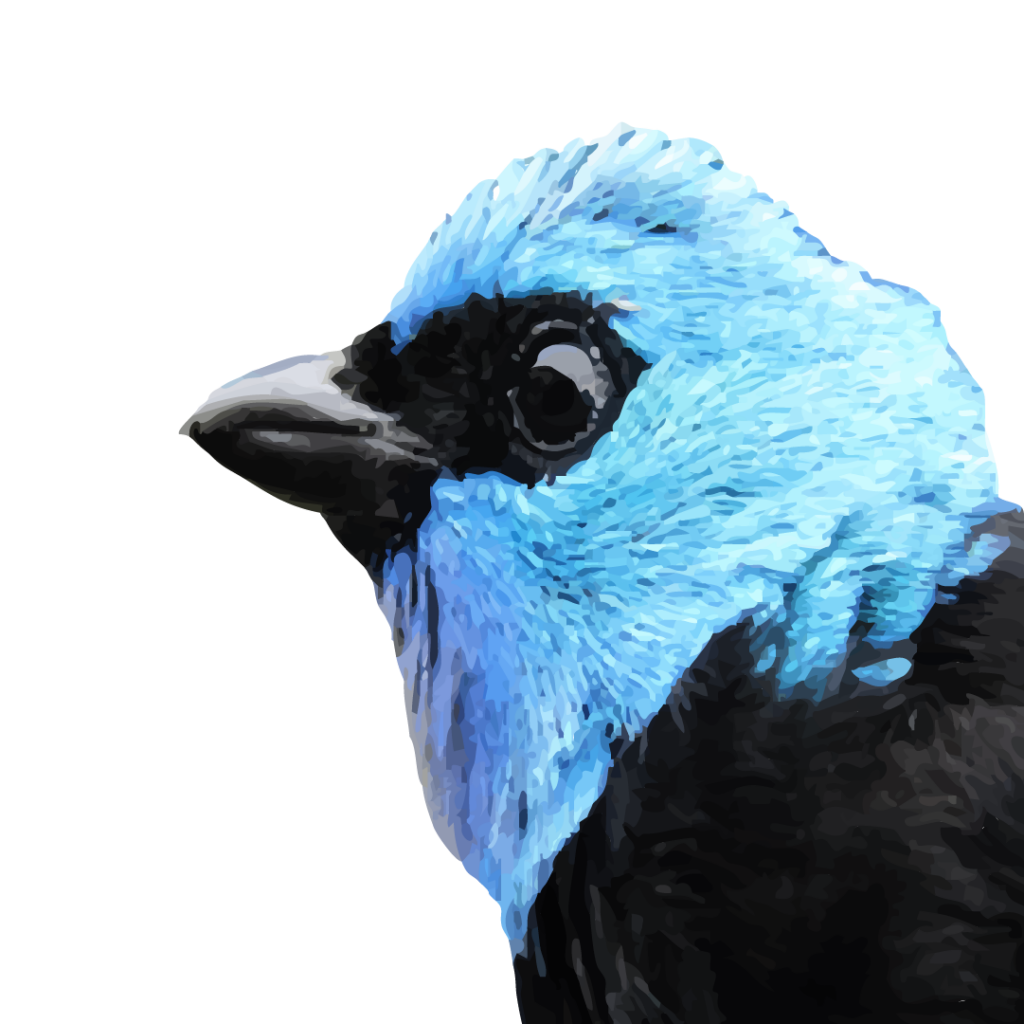
| Nombre | Descripción |
|---|---|
| Haemoproteus caprimulgi | In growing gametocytes, a cleft is present between the erythrocyte nucleus and the parasite. Fully grown gametocytes usually enclose the nucleus of the erythrocytes with their tips but not encircle it complete. Parasite displaces slighlty the erythrocyte nucleus and the average number of pigment granules is 20. |
| Haemoproteus coatneyi | Fully grown gametocytes attached to the nucleus and envelope of erythrocytes, pigment granules of of medium size 0.5-1 μm predominate. Growing dumbbell-shaped gametocytes represent more than 10% of the total number of this kind of gametocytes. |
| Haemoproteus witti | Is a Haemoproteidae species which usually infect Apodiformes, the gametocytes grow appressed to the nucleus of the infected erythrocyte, displacing it notoriously, the grown gametocyte slightly enclose the nucleus of the host cell without encircle completely. Average of 25 pigment granules are its distinctive feature. |
| Haemoproteus vireonis | Growing gametocytes adhere to erythrocyte nucleus and cell membrane, and a space unfilled between the center of parasite and the envelopment can be seen in ten percent of gametocytes. Fully grown gametocytes do not encircle the nucleus of erythrocytes with their tips; neither displace it. Average number of pigment granules is 12, and they are small and medium in similar proportions. |
| Haemoproteus macrovacuolatus | Parasite infecting ducks, gametocytes encircle slightly with their tip the host cell nucleus and displace it. Their main feature is a huge vacuole (>2.5μm in diameter). |
| Haemoproteus erytrogravidus | Gametocytes touch the envelope and nucleus of erythrocytes. Most gametocytes form a marked protrusion of cytoplasm of infected erythrocytes in the zone not filled by the parasite. Growing dumbbellshaped gametocytes present extremely attenuated width at the central part. |
| Haemoproteus trochili | When gametocytes are immature, they are usually lateral to the erythrocyte nucleus, but fully grown gametocytes slightly enclose it with their poles, but without displacing the nucleus. Parasites are always in contact with the erythrocyte nucleus and cellular membrane. Gametocytes have about ten or eleven pigment granules. |
Hemoparásitos Aviares (Leucocytozoon):
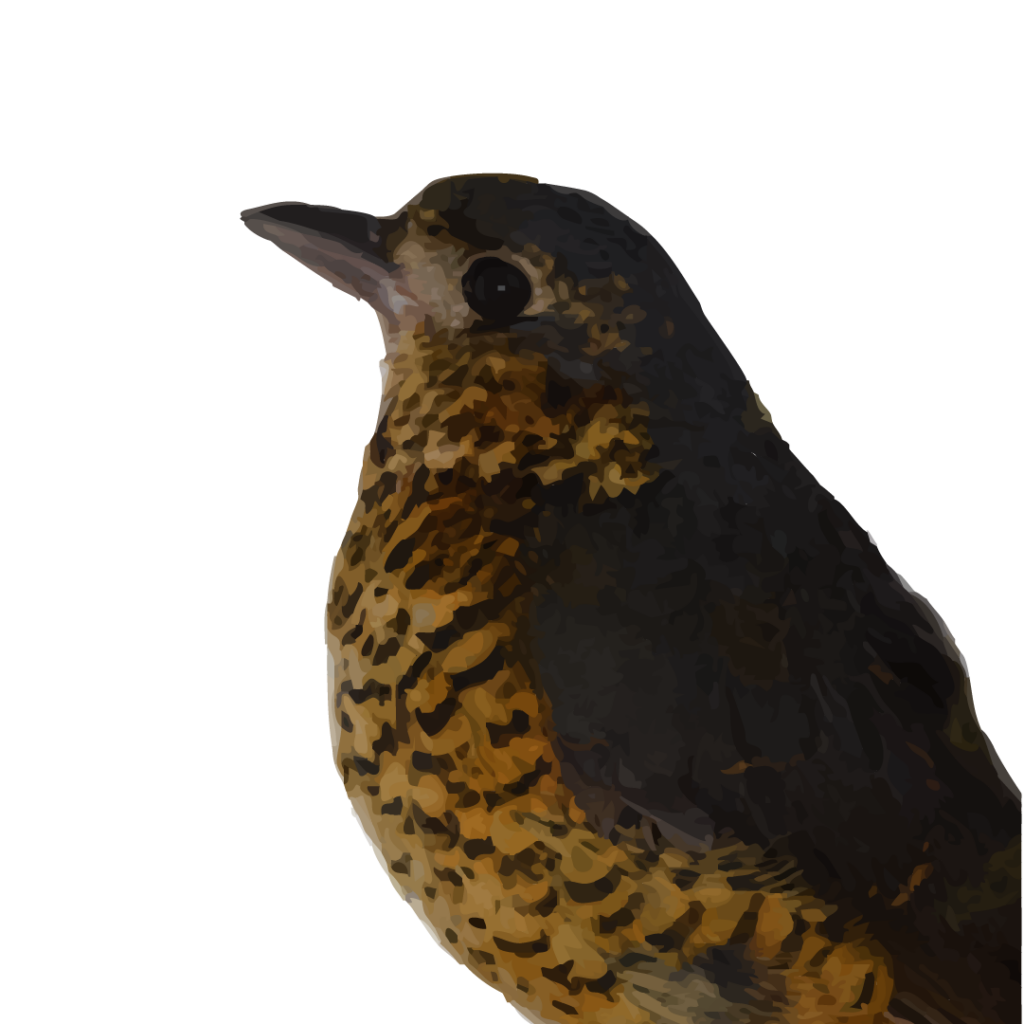
| Nombre | Descripción |
|---|---|
| Leucocytozoon pterotenuis | Gametocytes are oval and deforms the host cell forming two cytoplasmatic projection bandlike without thickenings on the tips. Host cell nuclei cover between 30 and 55 % of the circumference of the gametocytes, possesses markedly narrowed ends and extends into the cytoplasmic projection.lls. |
| Leucocytozoon quynzae | Roundish host cell parasite complex with numerous volutin granules, the nucleus of the host cell takes a comma-like shape, this is a unique character, make this parasite species easily distinguishable from all previously described species. |
| Leucocytozoon grallariae | Gametocytes induced marked hypertrophy and deformation of the host cells and displacement of their nuclei, which lay on the periphery of gametocytes but does not extend more than a half of parasite perimeter. Host cell – parasite complex is fusiform with short, thick and triangular projections. |
| Leucocytozoon neotropicalis | Gametocytes are oval and deforms the host cell forming two cytoplasmatic projection bandlike without thickenings on the tips. Host cell nuclei is deformed like a homogeneous band of variable width that extends close to half of the circumference without extending into the cytoplasmic projection. |
| Leucocytozoon majoris | Gametocytes and host-cell parasite complex are rounded or oval. Cytoplasm has vacuoles and valutin granules; the shape and position of the parasite nucleus varies; host cell nucleus is displaced, deformed, and peripherally located as a band of even width that extend more than a half of parasite perimeter. Host cell cytoplasm is usually present around the gametocytes as slightly visible, pale, variably shaped margin. |
| Leucocytozoon dubreuili | The gametocytes are usually rounded, developed in rounded host cells; small vacuoles and valutin granules are present in the cytoplasm; the position and shape of the parasite nucleus varies; the host cell nucleus is more or less bell-shaped in outline, thickened at the ends; the host cell cytoplasm is usually present around the gametocytes as a fairly visible, pale margin of variable shape. |
| Leucocytozoon fringillinarum | Gametocytes and host-cell parasite complex are rounded or oval. Cytoplasm has vacuoles and valutin granules; the shape and position of the parasite nucleus varies; host cell nucleus is displaced, deformed, and peripherally located as a band that does not extend more than a half of parasite perimeter. Host cell cytoplasm is usually present around the gametocytes as slightly visible, pale, variably shaped margin. |
Hemoparásitos de Herpetos (Plasmodium):
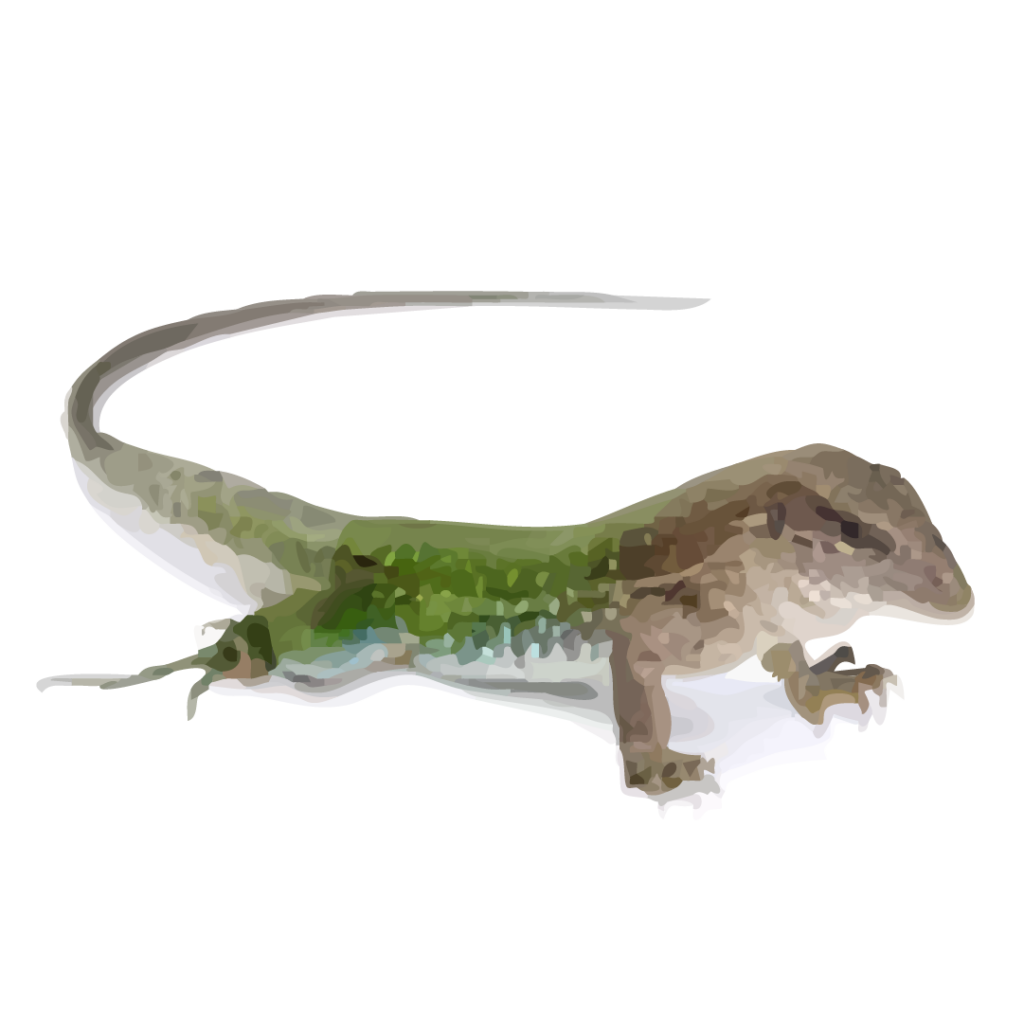
| Nombre | Descripción |
|---|---|
| Plasmodium carmelinoi | Trophozoites have a cytoplasm which adopts teardrop shape and oval or amoeboid when they grow. Meronts mainly roundish and contain 6-10 small merozoites without adhering to the erythrocyte nucleus, classifying this species in the subgenus Carinamoeba. Meronts have a large vacuole, which pushes the merozoites towards the periphery, giving a diadem appearance and gametocytes were observed in low frequency, limiting their characterization. |
| Plasmodium kentropyxi | Gametocytes and meronts were found infecting both mature and immature erythrocytes, the meronts contain between 12-50 merozoites and the gametocytes were elongated as a band with rounded ends the pigment granules were small and scattered located in the cytoplasm. The host cell nucleus was displaced towards the periphery and a notorious hypertrophy was observed. |
Colección Biológica Relación Parásito Hospedero-GERPH:
Tipo de información incluida en la colección
La colección Biológica Relación Parásito Hospedero GERPH, alberga muestras de extendidos sanguíneos y micropreparados de tejidos de hemoparásitos de los siguientes grupos de hospederos: anfibios, reptiles, mamíferos como de sus posibles vectores.
Para más información sobre este Grupo de Investigación, no dudes en ponerte en contacto con nosotros.

Correo electrónico
nemattac@unal.edu.co

Teléfono
(+57 601) 316 5000 Ext. 11337 – 11338

Horario de atención
Lunes – Viernes
08:30 – 16:00

Dirección
Departamento de Biología
Edificio 421 Lab. 126




